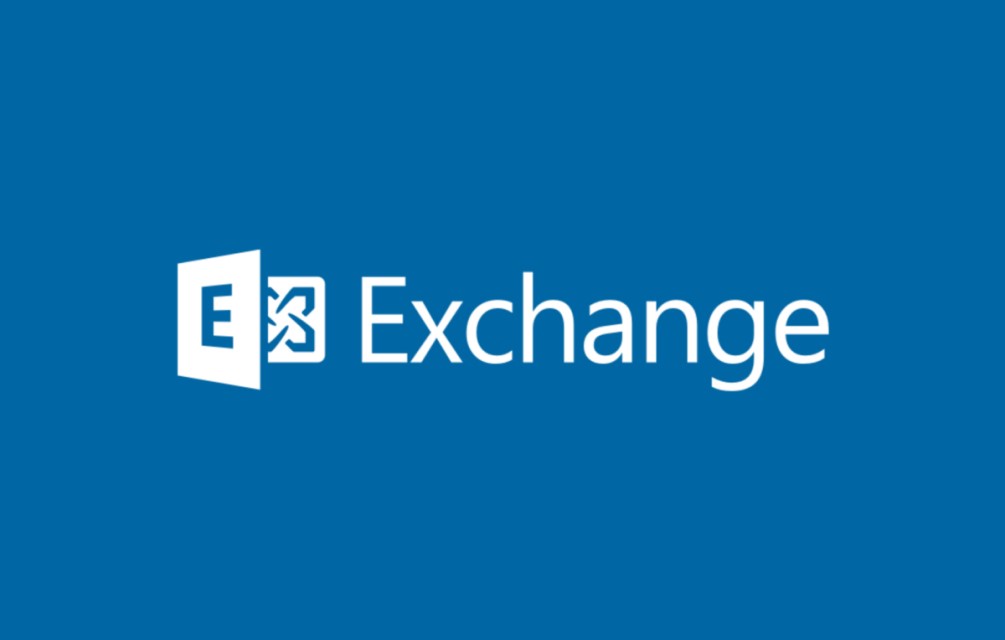Navigating the complex landscape of security compliance can be daunting for any organization. As digital technology evolves, so does the sophistication of potential threats, making it imperative for companies to implement robust security and compliance strategies. This article aims to shed light on the intricacies of security compliance, offering insights and practical solutions for IT managers and tech startup founders.
Understanding Security and Compliance
Security and compliance, though closely related, are distinct concepts that collectively form the backbone of a secure organizational environment. Security refers to the protective measures implemented to safeguard an organization's data and systems from unauthorized access and cyber threats. Compliance, on the other hand, entails adhering to industry standards and regulations that govern data protection and privacy.
The Importance of Security and Compliance
In today's digital age, data breaches and cyber-attacks are not just potential threats but imminent realities. Organizations that fail to prioritize security and compliance risk facing severe financial penalties, reputational damage, and loss of customer trust. Therefore, establishing a robust security and compliance framework is not merely a regulatory requirement but a critical business imperative.
Key Components of Security and Compliance Solutions
To effectively navigate the security compliance landscape, organizations need to deploy comprehensive solutions that address various aspects of data protection and regulatory adherence.
Risk Assessment and Management
Risk assessment forms the cornerstone of any security compliance strategy. It involves identifying potential threats, vulnerabilities, and the impact of these risks on the organization. By conducting regular risk assessments, companies can proactively address potential security gaps and implement necessary countermeasures.
Data Encryption and Protection
Data encryption is a fundamental aspect of security compliance. It ensures that sensitive information is transformed into an unreadable format, accessible only to authorized individuals. Implementing robust encryption protocols protects data both in transit and at rest, reducing the risk of unauthorized access.
Access Control Mechanisms
Access control mechanisms regulate who can access specific data and systems within an organization. By implementing role-based access controls (RBAC), companies can restrict access to sensitive information, ensuring that only authorized personnel have the necessary permissions. This minimizes the risk of data breaches caused by insider threats.
Continuous Monitoring and Incident Response
Continuous monitoring involves real-time surveillance of an organization's IT infrastructure to detect and respond to potential security threats promptly. By implementing automated monitoring tools, organizations can swiftly identify anomalous activities and take immediate action to mitigate risks. Additionally, having a well-defined incident response plan ensures that the organization can effectively manage and recover from security incidents.
Practical Solutions for Security and Compliance
Implementing security and compliance solutions requires a strategic approach that aligns with the organization's unique needs and regulatory requirements.
Tailored Security Governance Frameworks
A tailored security governance framework provides a structured approach to managing security and compliance efforts. By defining roles, responsibilities, and processes, organizations can establish a clear roadmap for achieving compliance objectives. This framework should encompass risk management, policy development, and continuous improvement strategies.
Leveraging Security and Compliance Tools
There is a plethora of security and compliance tools available in the market, each offering distinct features and benefits. For instance, DoorDash's Security Governance Risk and Compliance Manager provides a comprehensive platform for managing security policies, conducting risk assessments, and ensuring compliance with industry standards. By leveraging such tools, organizations can streamline their compliance efforts and enhance overall security posture.
Employee Training and Awareness Programs
Human error is a significant contributor to security breaches. Therefore, organizations must invest in employee training and awareness programs to educate staff about security best practices and the importance of compliance. Regular training sessions, phishing simulations, and workshops can empower employees to identify and mitigate potential security threats.
Overcoming Challenges in Security Compliance
Navigating security compliance is not without its challenges. However, with a proactive approach and the right solutions, organizations can overcome these hurdles and establish a robust security framework.
Staying Updated with Regulatory Changes
Regulatory requirements are constantly evolving, making it crucial for organizations to stay abreast of the latest changes. Regularly reviewing industry standards and engaging with legal experts ensures that the organization remains compliant and avoids potential penalties.
Balancing Security with Usability
While robust security measures are essential, they should not hinder usability or productivity. Striking the right balance between security and usability requires a thorough understanding of the organization's operations and user needs. By involving key stakeholders in the decision-making process, organizations can implement security measures that enhance, rather than impede, business operations.
Conclusion
In the ever-evolving digital landscape, security and compliance are paramount for organizational success. By understanding the key components of security and compliance solutions and implementing practical strategies, organizations can safeguard their data, meet regulatory requirements, and build trust with their stakeholders. Whether you are an IT manager or a tech startup founder, navigating security compliance effectively will ensure the longevity and resilience of your organization in the face of emerging threats.





